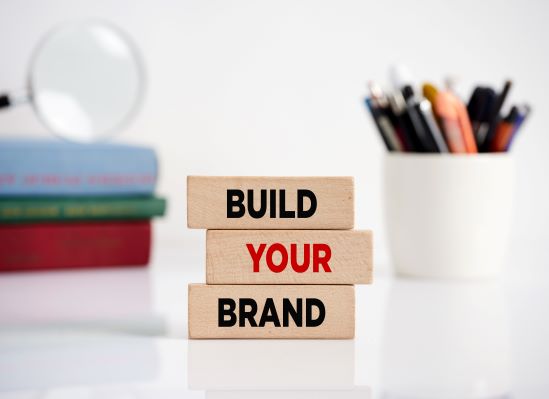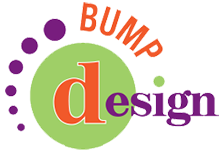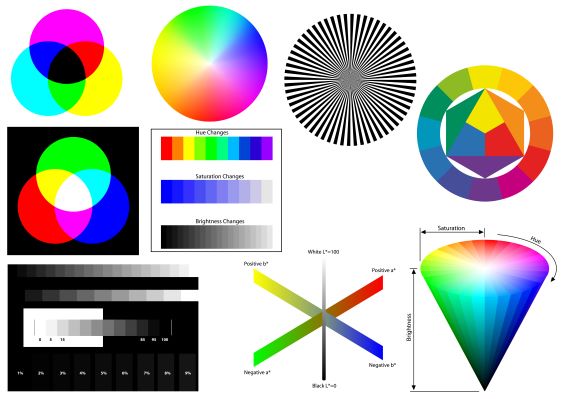How Effective are Promotional Items?
Thursday, June 29th, 2023
Promotional items are products that have a company’s logo, name or message printed on them. Promotional items can be an effective method for increasing brand awareness and customer loyalty. They can be given away for free or sold at a low cost. There are many different options, ranging from pens and mugs to t-shirts and bags. According to a study by the Advertising Specialty Institute (ASI), 85% of consumers remember the advertiser who gave them a promotional item. Additionally, 58% of them keep the item for more than a year.
Who buys promotional items?
Promotional items can be bought by any business that wants to promote its brand and build relationships with its stakeholders. Some of the most common buyers of promotional items are:
- Small and medium-sized enterprises (SMEs): SMEs often have limited marketing budgets and need cost-effective ways to stand out from their competitors. Promotional items can help them create a unique identity and attract more customers.
- Non-profit organizations (NPOs): NPOs often have a social or environmental mission and need to raise awareness and funds for their causes. Promotional items can help them spread their message and encourage donations and support.
- Educational institutions: Educational institutions often have a diverse and dynamic audience and need to communicate their values and offerings. Promotional items can help them showcase their achievements and attract more students and faculty.
How do you use promotional items?
It’s important to consider your target audience, the relevance of the promotional item and the quality of the product when incorporating promotional items into your marketing strategy. Four ways to use promotional items are:
- Advertising: Reach new customers and remind existing ones of your products or services. They can also create a positive impression and generate word-of-mouth referrals.
- Incentives: Motivate employees, customers or partners to perform certain actions, such as meeting sales targets, signing up for newsletters or attending events.
- Rewards: Show appreciation and recognition for employees, customers or partners who have achieved something, such as completing a project, making a purchase or providing feedback.
- Gifts: Express gratitude and goodwill to employees, customers or partners on special occasions, such as holidays, birthdays or anniversaries.
Promotional items can be a powerful marketing tool when used correctly. They help to create a positive association with the company, to reinforce its identity and values and to generate word-of-mouth referrals. The recipients may use them frequently, display them prominently and share them with others. Promotional items can be an effective way to make a lasting impression on your target audience and to boost your business success.

